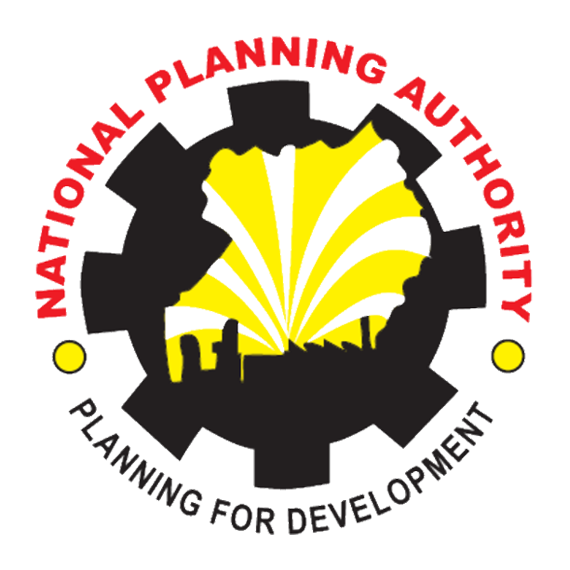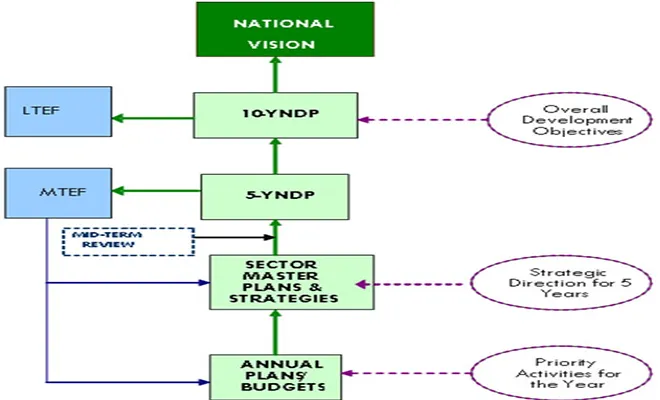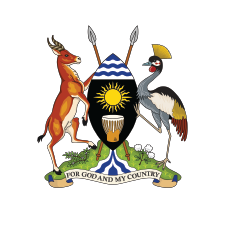the comprehensive national planning development framework (CNDPF)
For Uganda to achieve meaningful socio-economic transformation for sustainable development and prosperity; requires some level of preparedness in terms of understanding where we are, where we want to go, how and when to get there. These are questions of a strategic nature that call for strategic planning of the nation particularly in terms of the utilization of national resources (people, capital, land, water, minerals and the entire eco-system) in order to generate wealth.
There is therefore, a need to view Uganda’s development in a long, medium and short-term perspective. This approach to development planning is spelt out in the Comprehensive National Development Planning Framework (CNDPF), which was adopted by Cabinet in 2007. The CNDPF represents a highly iterative, participatory and inclusive planning process. It outlines the principles and guidelines to be followed in developing national and decentralized long and medium-term development plans in context of perspective shared national vision.
The CNDPF is comprised of five principal elements namely; the 30-year national vision, 10-year national development plan, the 5-year national development plans and annual plans and budgets. It also prescribes the various categories of development plans, the corresponding planning stages, the roles and responsibilities of different actors and the respective planning time horizons and cycles to be followed. The framework also outlines the processes through which plans produced by different actors at the national and decentralized levels of administration, will be integrated into the National Development Plans. It provides the necessary linkages between planning and budgeting.
The CNDPF helps to achieve the following objectives:
- To put in place an arrangement for development planning with a long-term view of the economy facilitated by perspective vision, long, medium and shot-term planning instruments.
- To strengthen the linkages between long, medium and short term development planning.
- To synchronize national planning and budgeting processes and cycles.
- To provide an arrangement for harmonizing national level planning with planning at the sector and local government levels.
- To outline the procedures and processes followed in preparing and securing approvals for the National Development Plans.
- To define the responsibilities of different players involved in all stages of development planning; and
- To align the timing of the plans at different levels with time bound development objectives.
Issues of cross-cutting nature
- Where there is no clear leadership in the implementation of particular programs or projects, NPA shall be required to provide guidance in this regard.
- All planning meetings shall be called by NPA
- NPA will be required to issue final guidelines on such matters
- All concerned institutions shall be required to respond positively to NPA’s invitation and final guidance.
National Development Plan Formulation Process
- Cabinet Memo
- Consultations;
- Data collection;
- Development of sector and local government issues papers;
- Plan formulation;
- Plan validation;
- Plan approval by Cabinet and Parliament.


